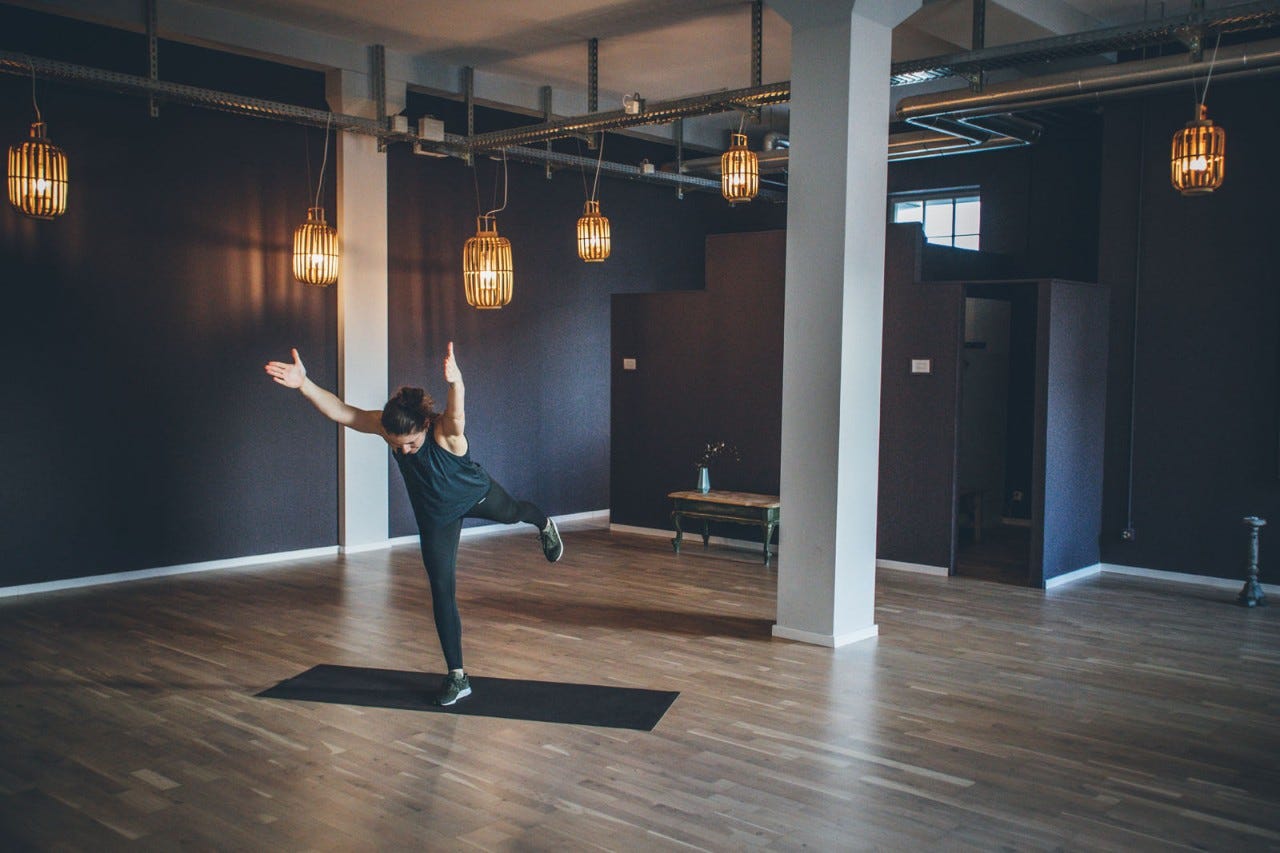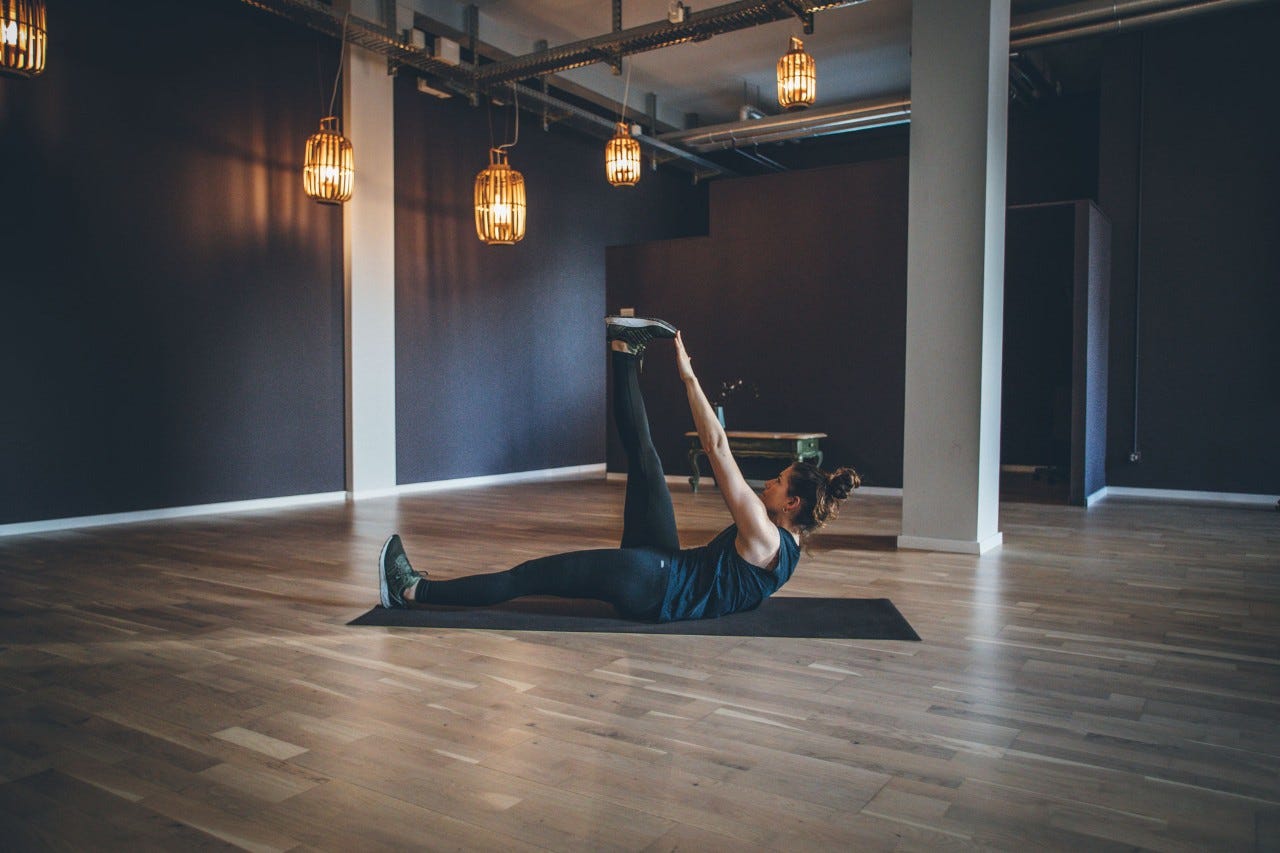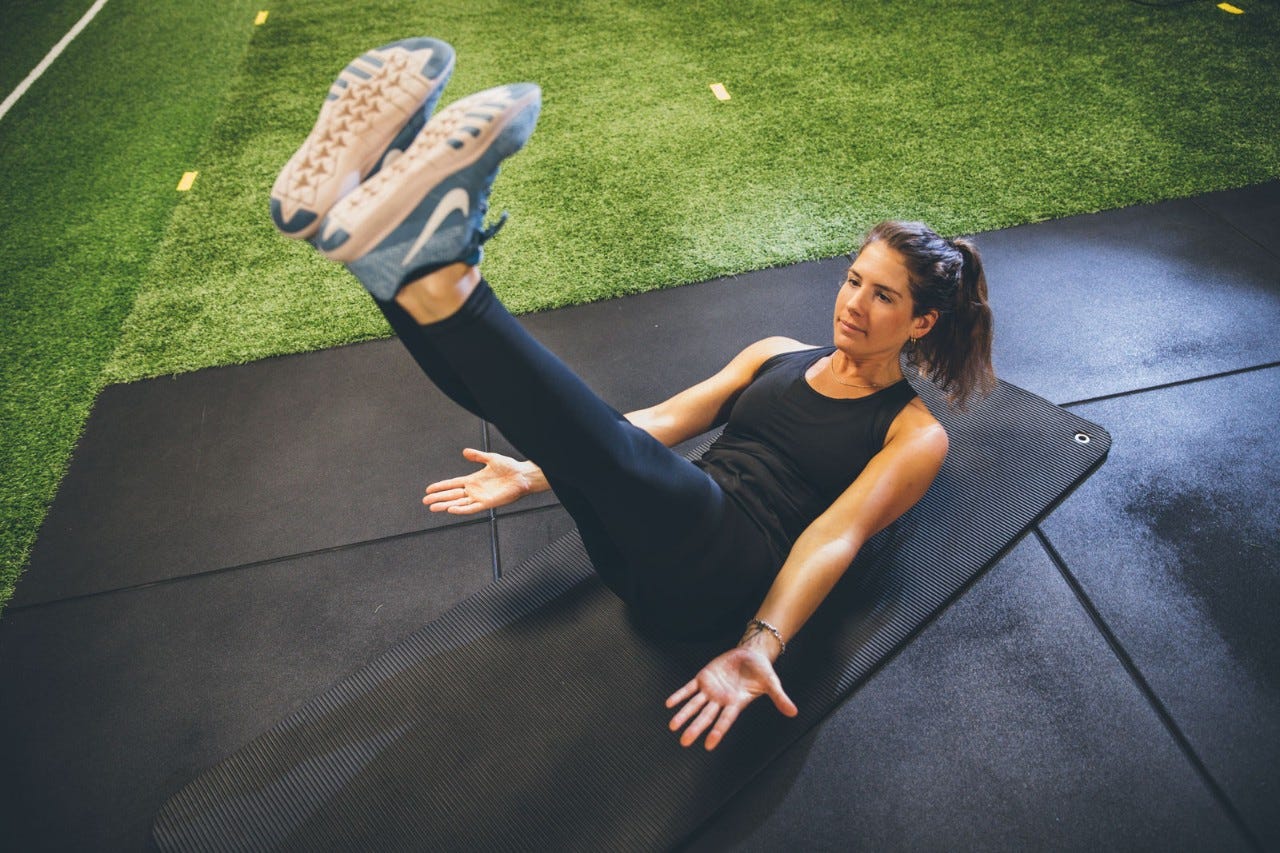Full body workout at home
Want to move your body and feel great afterwards? Our full body workout offers efficient exercises with no equipment.

From head to toe: this full body workout trains muscle groups that are often neglected. Aiming to build up muscle mass throughout the body not only mixes up your workouts, it also increases the calories burned and makes you feel good.
Video: Efficient workout at home
In this 18-minute video, Martina Stucki, a trainer at Zone4Performance in Winterthur, demonstrates a varied and efficient full body workout that you can do at home – with no equipment. A full body workout is suitable for everyone. Give it a go – whatever your gender and regardless of whether you’re a beginner or have been working out for years.
Strength training burns more calories
What burns most calories? It is no secret that those who have more muscle mass generally burn more calories. That’s why full body training and the associated increase in muscle mass is also important when it comes to losing weight.
Remember that growth in muscle mass also shows on the scales. If you want to lose weight with strength training, don’t worry if your weight plateaus or even increases at times: your body fat reduces, but your muscle mass increases. It is important to focus on visual changes or measurements instead.
Many factors determine how your body changes when you do strength training. And there are crucial differences for men and women:
-
Training tips for women
Many women tend to avoid working out with heavy weights not only because they prefer to focus on the correct technique but also because they are worried about gaining too much muscle too quickly. They exercise primarily to tone and define their body. But essentially, greater definition means “more muscles under less fat”.
So, in addition to training with light weights and doing many repetitions, it can be worthwhile to include rounds with heavy weights where you aim to do no more than ten repetitions. Mixing your training up like this stimulates the fast-acting muscle fibres, which are usually less well developed in women than those used for endurance performance. And don’t worry: muscles don’t grow overnight.
Of course, bodyweight exercises are also a good and efficient form of training, particularly when the targeted muscle groups are fatigued, for example by varying the rhythm. The videos “Five-minute ab training” and “How to keep fit on holiday” are good examples of this.
-
Training tips for men
In contrast to women, men usually like to train with heavy weights – partly at the expense of their technique. What’s more, correct execution is hampered by the fact that men are often less flexible than women. It is therefore doubly important to invest a little more time in training preparation.
Stretching and doing mobility exercises before strength training increases your range of motion, which improves your technique and protects against poor posture. In addition, specific muscle groups should be activated before training with heavy weights. The abdominal muscles are particularly important because they protect the spine and ensure stability. Depending on which exercises you plan to do, it may also be a good idea to activate the muscles in the glutes, back, shoulders or chest in order to improve your training results.
With or without heavy weights, when you are strength training you have to listen to your body, take breaks and stay focused.

